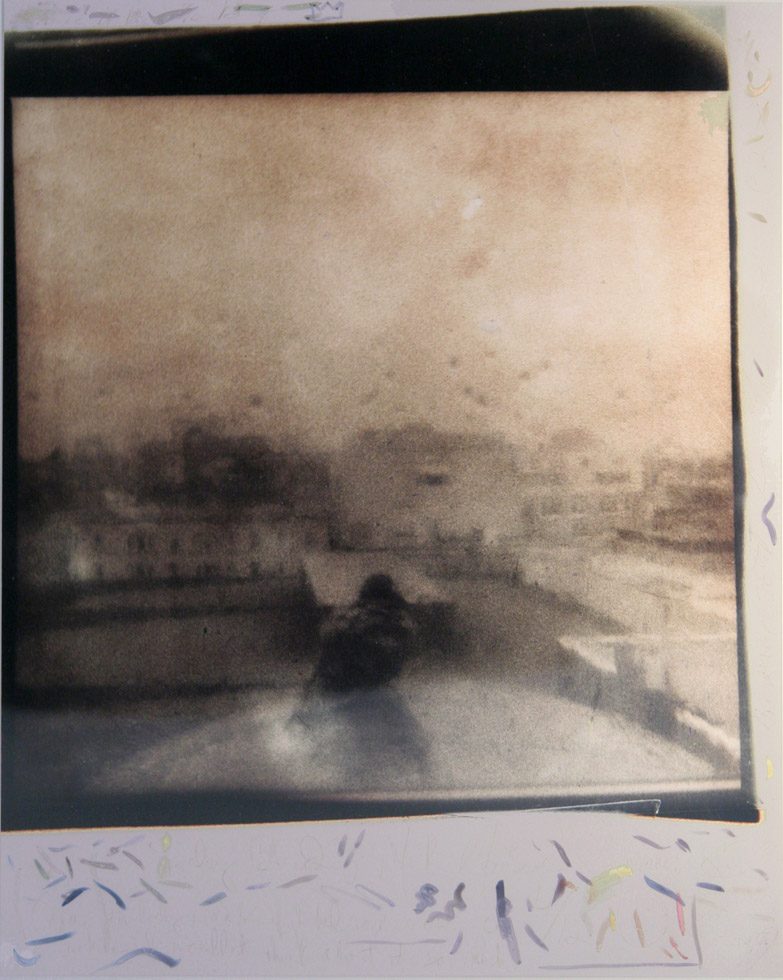1985
Vintage chromogenic print (negative sandwich) retouched with ink
20 x 16 inches
Sold.
Literature:
Lia Gangitano, ed., Boston School (The Institute of Contemporary Art/Primal Media: Boston, Massachusetts, 1995), p. 156, illus. [another example]
Klaus Ottmann, Mark Morrisroe (Twin Palms Publishers: Santa Fe, New Mexico, 1999), p. 101, full-page illus. [another example]
Mark Morrisroe liked to photograph himself in the nude. His last self portraits from 1989, however, are different. Seen in bed, the unclad Morrisroe is gaunt and skeletal, showing the familiar signs of wasting among the infected with HIV. He died that year, one of the estimated 14,544 PWA deaths in 1989. He was just 30 years old.
Morrisroe explored photography’s relationship with identity and selfhood, along with other Boston School artists like Nan Goldin. They showed how photography could record their everyday lives. One of his innovations was the “sandwich print,” made by stacking multiple negatives and printing them simultaneously, producing a hazy, painterly image, as can be seen in the oddly intimate “Lonely Bird,” taken through his Jersey City apartment window in the summer of 1985. Artist Jack Pierson once described the work of Morrisroe as “Caspar David Friedrich in a donut shop.” Like Friedrich’s “Wanderer above the Sea of Fog,” Morrisroe’s “Lonely Bird” echoes the romantic sentiment of Kantian self reflection, or as John Lewis Gaddis stated in The Landscape of History, “it is contradictory, suggesting at once mastery over a landscape and the insignificance of the individual within it.” A not unfamiliar sentiment in the darkest days of the plague.
Morrisroe’s work changed as he became more ill, with some of his pieces appropriating his medical charts. He produced photograms of his X-rays. Morrisroe was creating art right up until he died in his hospital bed on July 24, 1989.
G.E.
Work by Mark Morrisroe (1959-1989)

